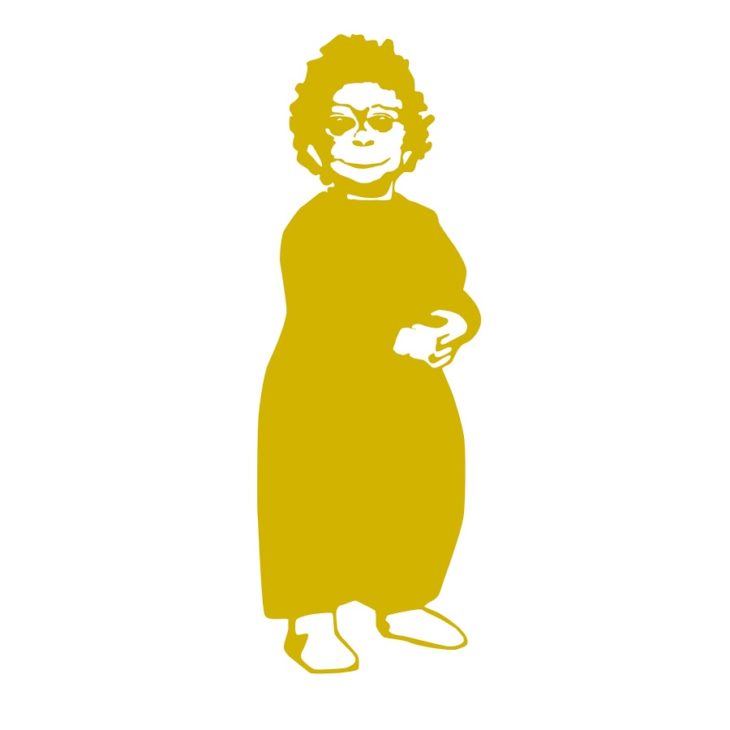“You can be the best producer in the world without breaking the bank,” Lexnour Beats states in a how-to video for his YouTube fans. The viral sensation speaks from his own life experience; only a few years prior, he was working a 9-to-5 job as a financial analyst for the Canadian government. He saved up money from his work and would squeeze in-studio sessions in between his busy work schedule until he could pursue music production full time. He has since had several successful placements with rappers like Dax (their collaboration “She Cheated Again” has over 40 million streams) and Soulja Boy.
But Lexnour Beats is also known to the YouTube community for his beat-making tutorials, in which he cracks jokes and puts on colorful wigs to keep his audience engaged. His videos have been received well, with his “Can Anyone Sing With Autotune?” tutorial passing a million views. We recently had a chance to sit down with him and he had the following advice for beginning producers:
Contents
- 1. Don’t try to learn everything
- 2. Understand the difference between exclusive rights and leasing
- 3. A simple setup is all you need. Don’t be intimidated by expensive equipment
- 4. But also, don’t cheap out on equipment.
- 5. For vocal processing, be as close to perfect as possible when recording
- 6. Use Studio Monitors
1. Don’t try to learn everything
Lexnour states that “making music is already difficult enough as it is, so there’s no need to learn everything and make it more difficult on yourself.” He notes that Logic Pro is already a very complicated digital audio workstation (DAW) that has more features than he himself uses, and the same would go for FL Studio, Ableton Pro Tools, or any other DAW. In regards to which DAW is the best, Lexnour advises that “they all do the same thing” so it is more important to stick to one after deciding which DAW to use.

Source: youtube
2. Understand the difference between exclusive rights and leasing
Beatstars is a staple for producers like Lexnour who can do everything from showcase their best beats for potential clients to even bargain and negotiate the rights of those beats. The rates that producers like Lexnour charge for beats depend on both their experience (accolades, past placements, etc.) and whether the purchaser wants to lease the beat or purchase the exclusive rights. As stated in its name, the latter grants an artist and only the artist the exclusive right to use the beat – essentially giving them ownership of it. This protects the artist from having other artists who also want to sing or rap over the beat. Purchasing the exclusive rights for a beat, however, is more expensive than a lease, which gives the artist the right to use the beat for an unspecified amount of streams or time. When starting out, Lexnour notes that “leasing beats is a very cheap and smart alternative” for an artist “to be able to put out [their] songs and monetize them,” which oftentimes is a more appealing option for an underground artist without the backing of a label or investor. A producer can make more money when they sell the exclusive rights, but oftentimes when starting out it is easier to find business leasing beats.
3. A simple setup is all you need. Don’t be intimidated by expensive equipment
A big mistake that stops people from learning how to make music is thinking that because they can’t afford to spend thousands of dollars on the newest, state-of-the-art MIDI controller or microphone, the music they make won’t be as good as the music made by people who have that equipment. Not according to Lexnour, who states that he uses a “$100 Akai MIDI controller” and that anyone “can be the best producer in the world using” one.
4. But also, don’t cheap out on equipment.
He also warns, however, about the danger of always relying on the cheapest option.
“You will end up spending more replacing and upgrading your equipment than if you had just bought the right equipment the first time,” he states. Balance and doing the necessary research is the key when deciding what equipment to purchase according to him. In regards to what is the best affordable, but still sufficient option, Lexnour created a guide on YouTube entitled “Best Starter Home Studio Setup! | How to become a Music Producer.”

Source: beatstars
5. For vocal processing, be as close to perfect as possible when recording
Yes, autotune can work wonders on one’s vocals. There are limitations to the software, however. “Anyone can be on pitch but not anybody can sing,” Lexnour quips. “If you’re not putting enough energy in your voice and using your airflow perfectly to rap or sing it won’t sound that great. It’ll be on pitch because we can correct it but it won’t sound great.” Lexnour stresses the importance of “rapping or singing it properly from the start before the audio engineer or producer works on it,” noting that the same techniques used to fix pitch like autotune work even better when the pitches they have to correct are relatively close to the correct pitch.
6. Use Studio Monitors
“I started with Apple headphones and didn’t have the studio speakers,” Lexnour concedes, but notes that the sounds produced by headphones is not balanced. The bass levels, notably, are changed by the way the headphones delivery sound, which is why Lexnour stresses the importance of a good pair of studio monitors that allow you to “actually hear what [you’re] making.” While there are options that run in the thousands of dollars, as with any other audio equipment, he notes that a decent pair of studio monitors should run for “about $150 or 200 at most,” with him recommending the Alesis M1Active.
Lexnour feels that with these tips in mind, anyone is qualified to become the best producer that they can be if they put in the work. His experience suggests that success is indeed possible, as less than two years ago he was stuck in an office job and now he gets paid to pursue his passion, music. In discussing his future plans, Lexnour made it clear that he has a busy release schedule for the rest of the year, starting with another collaboration with Dax, “Self Proclaimed 3”, out on all streaming platforms November 21st, along with several other big collaborations on the way.
